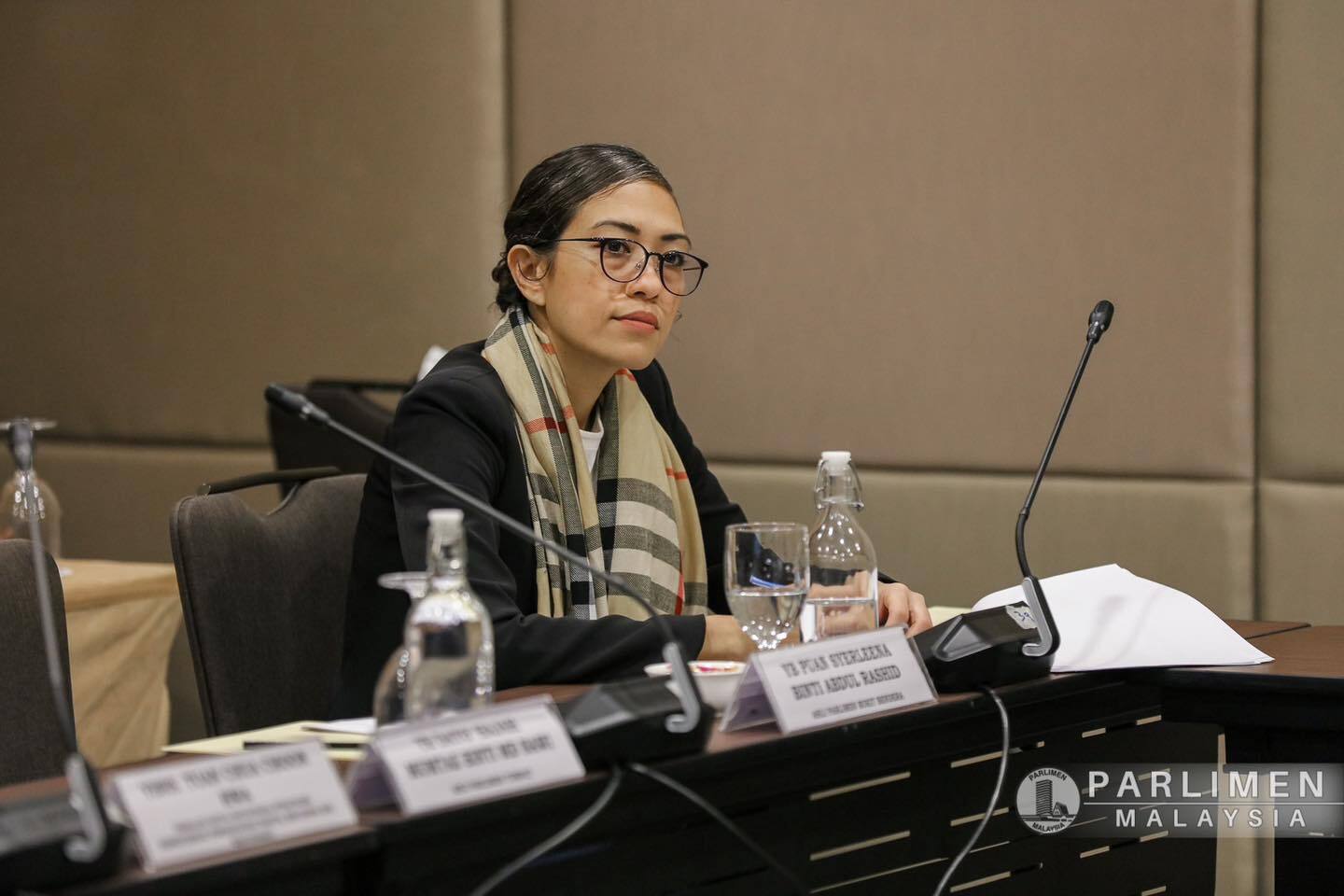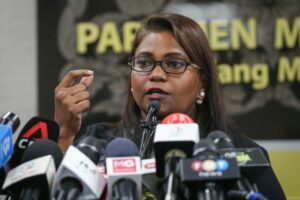
Disasters are no longer sporadic; they are becoming a constant, growing threat due to climate change.
In this context, the National Disaster Management Agency (NADMA) is our nation’s frontline defense, charged with the responsibility of protecting lives, restoring hope, and ensuring resilience.
The evidence of climate change is undeniable. Malaysia has faced devastating consequences from increasingly severe and erratic weather patterns.
Frequent floods around Kuala Lumpur, Selangor, and Kedah displaced thousands, exposing weaknesses in our disaster response. Globally, Spain’s recent catastrophic floods showed how unpreparedness can compound the devastation. These are not isolated incidents; they are warnings of what lies ahead.
NADMA plays a critical role in disaster response, but it cannot succeed without the right tools.
We must prioritize better training for responders, modernize equipment, and streamline coordination between federal, state, and local governments. Delays in aid and fragmented communication only worsen the impact of disasters.
we must also learn from global best practices. Cuba provides a powerful example of disaster resilience. With support from the EU, UNICEF, and its Ministry of Education, Cuba has integrated disaster risk reduction (DRR) into its education system.
Schools train students to understand disaster risks, conduct drills, and involve youth in developing risk reduction plans for their schools and communities.
This approach saves lives by preparing children to act decisively in emergencies, reducing vulnerability, and fostering a culture of preparedness.
Additionally, Cuba has enacted policies allowing the government to requisition private assets—vehicles, equipment, and facilities—during disasters. This ensures that all available resources are mobilized swiftly and efficiently.
Malaysia should consider adopting similar policies. Imagine the difference if private-sector resources, such as transport vehicles and machinery, could be lawfully utilized to support rescue efforts.
This would not only bolster NADMA’s capacity but also instill a shared sense of responsibility among all sectors of society.
Disaster preparedness must start young. By integrating DRR into Malaysia’s school curriculum, we can equip students with the knowledge and skills to reduce vulnerability.
Schools should teach pupils about disaster risks, conduct regular drills, and empower youth to participate in creating risk reduction plans for their schools and communities.
An educated and prepared generation is our strongest defense against future calamities. the Time to act is now. We must empower NADMA with the resources and authority to lead effective disaster responses.
We must integrate DRR into our education system to prepare future generations. And we must adopt innovative policies, like those in Cuba, to mobilize all available resources in times of crisis.
Disaster management is about more than response; it is about readiness, resilience, and responsibility. “By preparing our people, we protect our future. By educating our children, we safeguard generations to come.”
Let us act decisively—Malaysia cannot afford to be unprepared.
SYERLEENA ABDUL RASHID
MEMBER OF PARLIAMENT FOR BUKIT BENDERA



